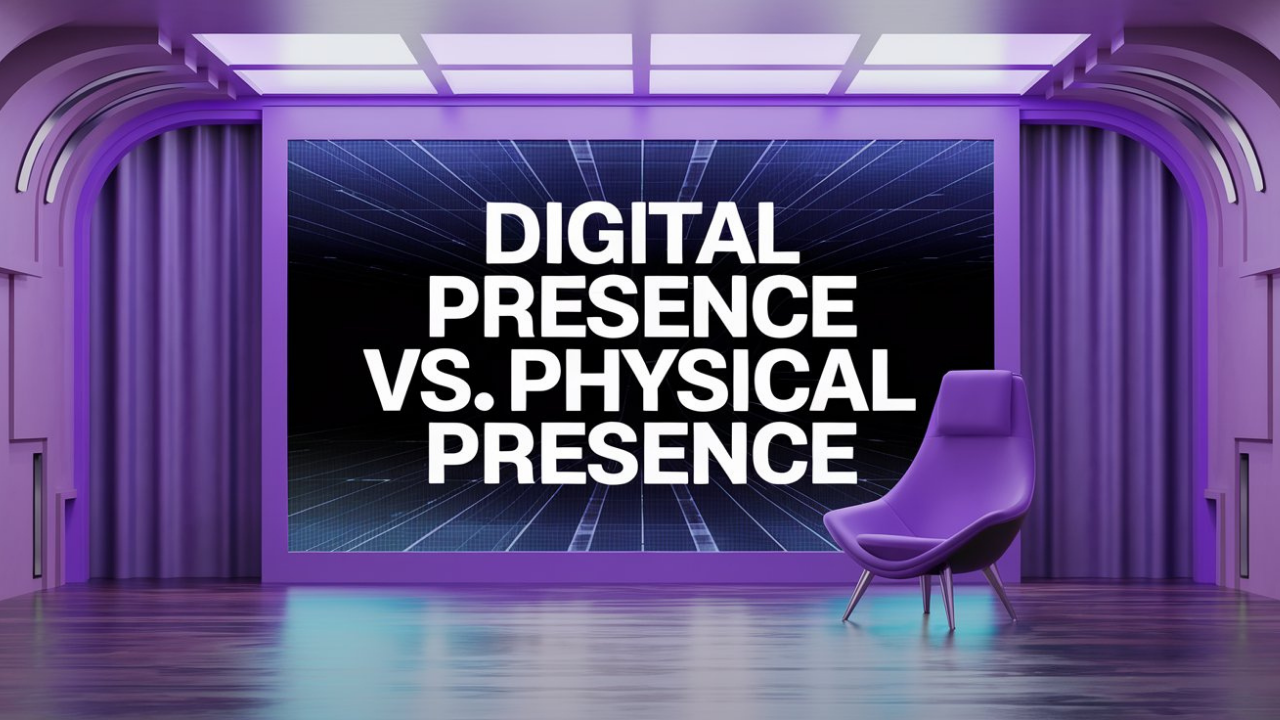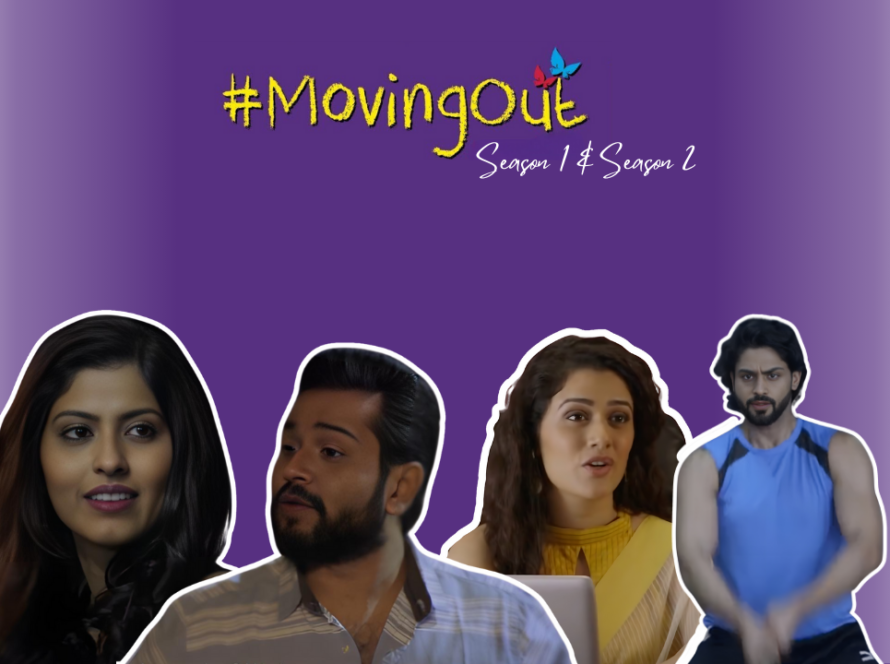Everyone of us has a physical presence and an associated identity.
The physical presence and identity go hand in hand. For example, if you are a teacher at school, you are physically present there (occupy space, breathe, touch, and feel). Your identity is that of somebody who guides your students (who themselves also have a physical presence and identity).
You, as the same physical being, when at home, assume a different identity. Perhaps as a parent who guides and raises your children, or a loving and dependable husband to your wife.
So in this physical world, how do people know you? At school, your colleagues may meet you in the staffroom, students meet you in the classrooms, and students’ parents meet you during parent meetings, and so on. Similarly, at home, you meet your family over the dinner table, your neighbors during certain social events or get-togethers, your cook, your maid, the shopkeeper, etc. In short, you need to be physically present within some physical space and context for people to know you.
Just like the physical space, there also now exists a digital space. And this digital space is gaining more importance day by day.
This digital space is represented by websites, profiles on social media tools like Facebook, Instagram, X, etc. You use tools like email, forms, and apps to interact with other digital entities.
The biggest advantage of the digital space over physical space is that since you no longer need to be physically present, you can practically reach out and interact with anybody in the world and vice versa. You can also be digitally omnipresent. So you are simultaneously accessible to anybody in this world.
Your boundaries expand, and literally, the world is the limit.
So just like you make great efforts to maintain a certain physical image and identity, it is equally important for you to create and maintain your digital identity.
This applies to you whether you are an individual, a solopreneur, or an entrepreneur employing several hundred thousand people.
I have listed a few things that you need to do in order to create and maintain your digital presence. Some may or may not apply to you depending on whether you are an individual or an enterprise.
- Website: A crisp, mobile-friendly website. You can create a website for each of your identities. So if you are a Video Editor who also plays the Guitar, then you can create one website as a Video Editor and another website as a Guitar Player who is willing to offer services either as a band member or a teacher. Search tools like Google, Bing, and Yahoo automatically crawl and index the information that is available on the website. So someone searching for a guitar player will likely discover you without having to specifically know you.
- Social Profiles: X (formerly Twitter), LinkedIn, Facebook, Instagram are some of the more popular ones. Increasingly, video-focused platforms like YouTube and Vimeo are also being used. And then there are portals like JustDial and Sulekha that list business profiles. Depending on who your target audience is, your profile on some or all of these platforms for each of your identities is important.
In the real world, the physical presence is created by virtue of you taking birth. Thereafter, you have to work on building your identity. You spend years of your life in education and learning. You get certifications from renowned accreditation bodies to bolster your credibility. Then feedback and word of mouth from your students further build your profile as a teacher. There are other aspects of building your identity as well: the kind of clothes that you wear, the car that you drive, the memberships and clubs that you join, etc.
Likewise, in the virtual world, you have to work on building and maintaining your identity. Some of the things that you need to do:
- Keep the website updated with the latest achievements.
- Share and comment on relevant posts by others.
- Write and publish blogs on your website and other social platforms. Invite relevant people to share and comment on them.
- Create relevant and insightful videos and build a community.
Yes, creating and maintaining a digital identity can be as hard as in the real world. But because of its global reach, it can also be significantly more beneficial.




